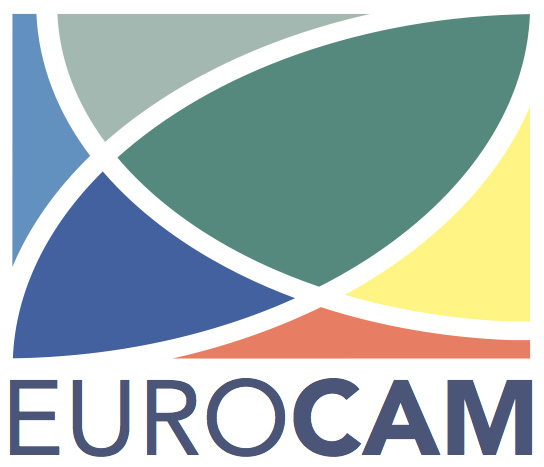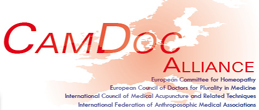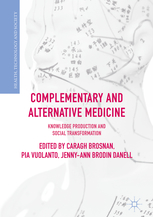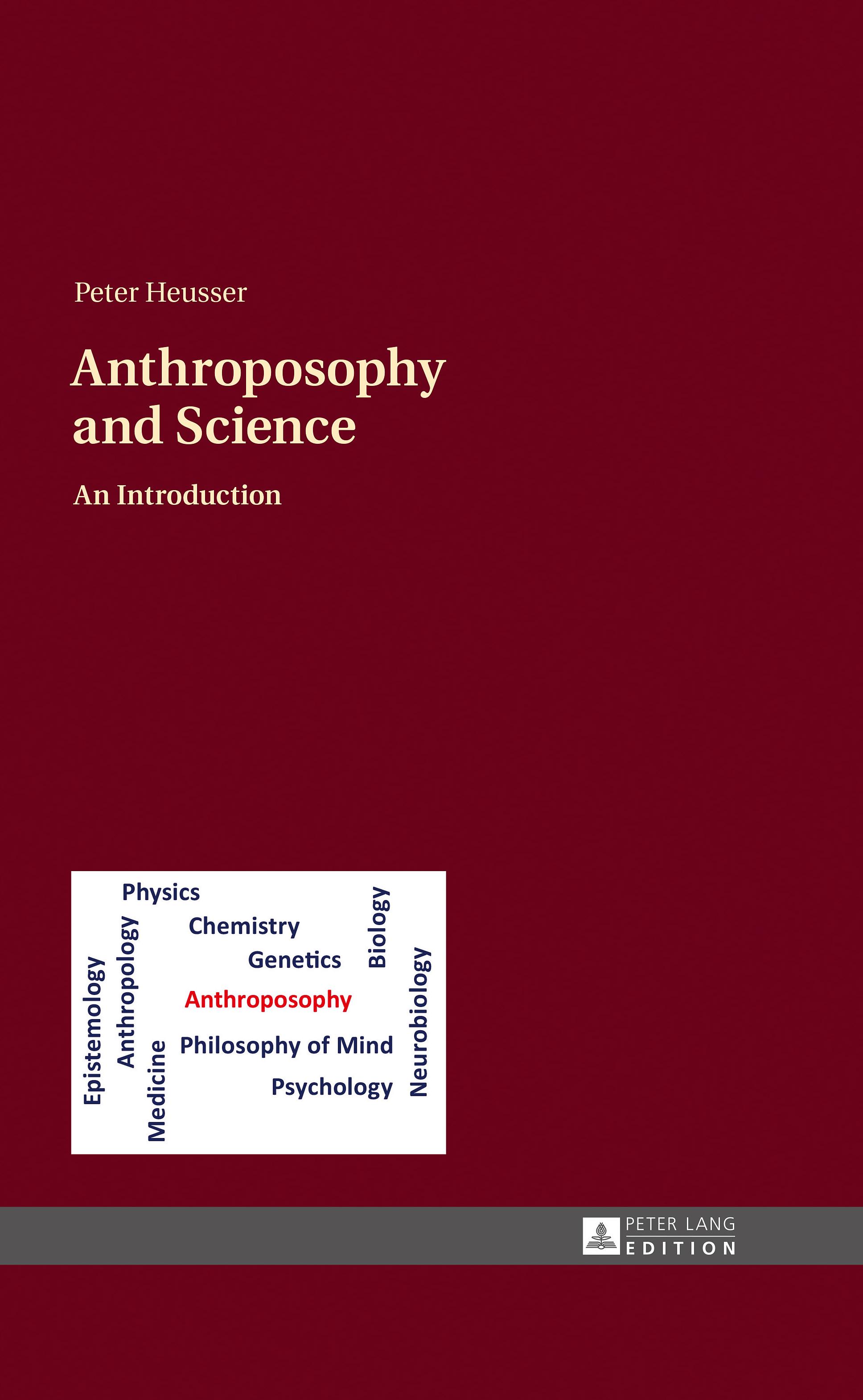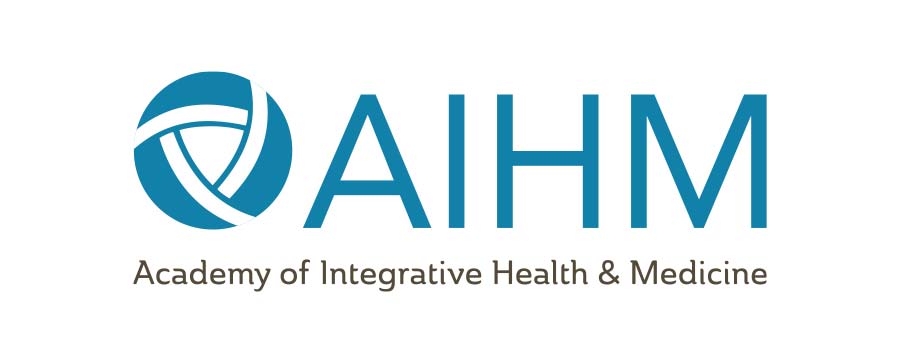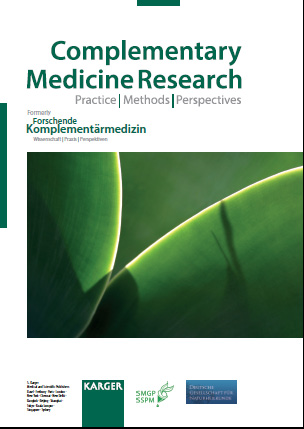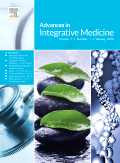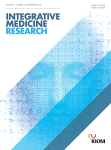Integrative Medicine / CAM research in Finland

Essay: The Situation of Complementary and Alternative Medicine / Integrative Medicine in Finland: Genuine Research Is Needed. Zimmermann P, Aarva P, Sorsa M. Complement Med Res 2017;24:317-320 https://doi.org/10.1159/000480675
ABSTRACT: The official acceptance of complementary and alternative medicine (CAM) or integrative medicine in the academic discussion and in health policies in Finland is still poor. This is in contradiction to the fact that modern Finnish citizens use CAM as much as any people elsewhere in the European Union, with rates of 28-46% of the general population, or even more. This was one of the reasons for the foundation of the Finnish Forum for Research in Integrative Medicine and Healthcare (SILF) in November 2014. A first challenge for the SILF was to facilitate a research seminar to address the issue of CAM research as a part of the Finnish academic research. The seminar was organized by the Department of Health Sciences of the University of Tampere on November 13, 2015. Almost one third of the more than 400 participants were health professionals, and again one-third out of this group were physicians. As a result of the seminar, a research network was inaugurated. Obviously there is an increasing interest of health professionals in CAM and maybe even a change of attitude towards CAM also in Finland. However, genuine Finnish CAM research is essential in order to open up the academic discussion.
Use of complementary and alternative medicine in Europe: Health-related and sociodemographic determinants.
Laura M. Kemppainen, Teemu T. Kemppainen, Jutta A. Reippainen, Suvi T. Salmenniemi, Pia H. Vuolanto. Scandinavian Journal of Public Health 2017: 1–8 https://doi.org/10.1177/1403494817733869
...The aim of this research was to study health-related and sociodemographic determinants of the use of different complementary and alternative medicine (CAM) treatments in Europe and differences in CAM use in various European countries. Conclusions: Help-seeking differed according to the health problem, something that should be acknowledged by clinical professionals to ensure safe care. The findings also point towards possible socioeconomic inequalities in health service use.


